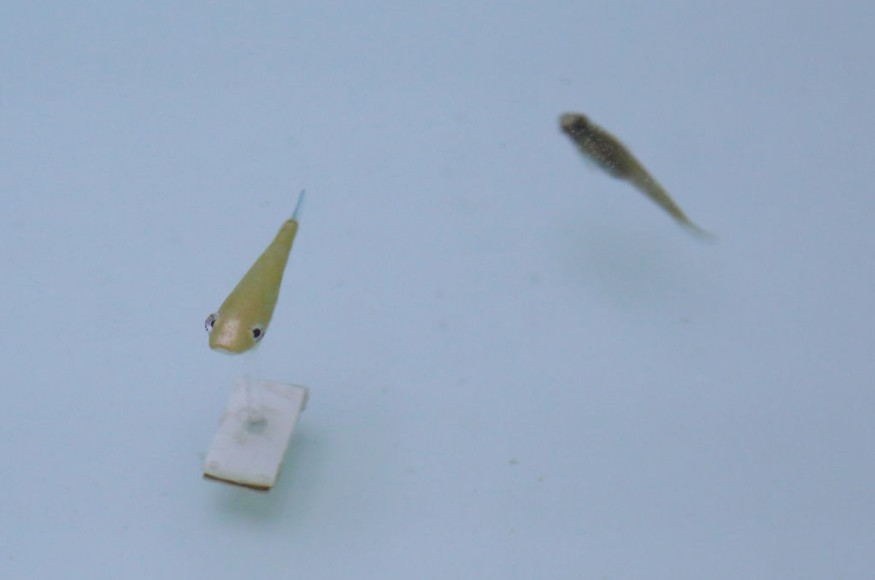Researchers have recently devised a light-activated fish robot that can swim around fast, picking up and eliminating microplastics from the environment.
As indicated in a Phys.org report, microplastics are found almost everywhere on this planet and can be hazardous to animals if ingested.
It's a need of the hour. 🤖https://t.co/GUDfCYJ5EF
— Interesting Engineering (@IntEngineering) June 22, 2022
However, taking out such tiny particles from the environment is difficult, especially once they have settled into nooks and crannies at the bottom of waterways.
Since microplastics can fall into cracks and crevices, they have been challenging to eliminate from aquatic environments.
ALSO READ : Welsh Scientists Invent a Solvent-Free Machine That Can Safely Clean Toxic Chemicals in Water

Robots That Reach and Clean Up Pollutants
According to researchers in ACS' Nano Letters, one proposed solution is utilizing tiny, flexible, not to mention self-propelled robots to reach such pollutants and clean them up.
Nonetheless, the traditional materials employed for soft robots are elastomers and hydrogels, which can be easily damaged in aquatic environments.
Another material, "mother-of-pearl," or called "nacre," is robust and flexible. It is also found on the clam shell's inside surface.
Moreover, nacre layers also have a microscopic gradient, going from one side with an abundance of calcium carbonate mineral-polymer composites to the other, mostly with a silk protein filler inspired by such a natural substance.
Nanosheets for Soft Robots
Xinxing Zhang and colleagues wanted to try an identical type of gradient structure to develop a durable and bendable material for soft robots.
The scientists, in particular, associated β-cyclodextrin molecules with sulfonated graphene, developing composite nanosheets.
Then, the nanosheets' solutions were incorporated with different concentrations into mixtures of polyurethane latex.
Furthermore, a layer-by-layer assembly process created an ordered concentration gradient of the nanocomposites by means of material from which the research team created a small fish robot that was 15 millimeters or roughly half an inch in length.
Ability to Absorb Microplastics
Quickly turning a near-infrared light laser on and off at the tail of a fish caused it to flap, thrusting the robot forward.
The robot could move about 2.67 lengths a second, a speed quicker than formerly reported for other soft-swimming robots, roughly the same speed as active phytoplankton that moves in the water.
The study authors found that the swimming fish robot could absorb nearby polystyrene repeatedly, and transport them elsewhere. Moreover, the material could heal itself after being cut, still keeping its ability to absorb microplastics.
Due to the fish robot's speed and durability, the scientists say it could be employed for monitoring microplastics and other pollutants in harsh aquatic environments.
Nanotechnology Holding a Great Promise
Describing the invention, Zhang said he thinks nanotechnology holds great promise "for trace collection, absorption, and detection of pollutants, enhancing intervention efficacy while decreasing operating costs.
However, a related Interesting Engineering report said he added, that they are not close to the robot fish reality, specifically those that pick up and eliminate microplastics.
He elaborated that soft robots in this work, presently, only combine the function of the microplastics' directional collection o the water surface.
More so, its size, as well as its input light, all need to be optimized and enhanced before their large-scale application.
Related information about robotic fish is shown on Tech Insider's YouTube video below:
RELATED ARTICLE : Nanomaterial-Based Devices Potential for Reducing Cardiovascular Diseases and Even Death
Check out more news and information on Nanotechnology, and Environment & Climate in Science Times.
© 2025 ScienceTimes.com All rights reserved. Do not reproduce without permission. The window to the world of Science Times.











